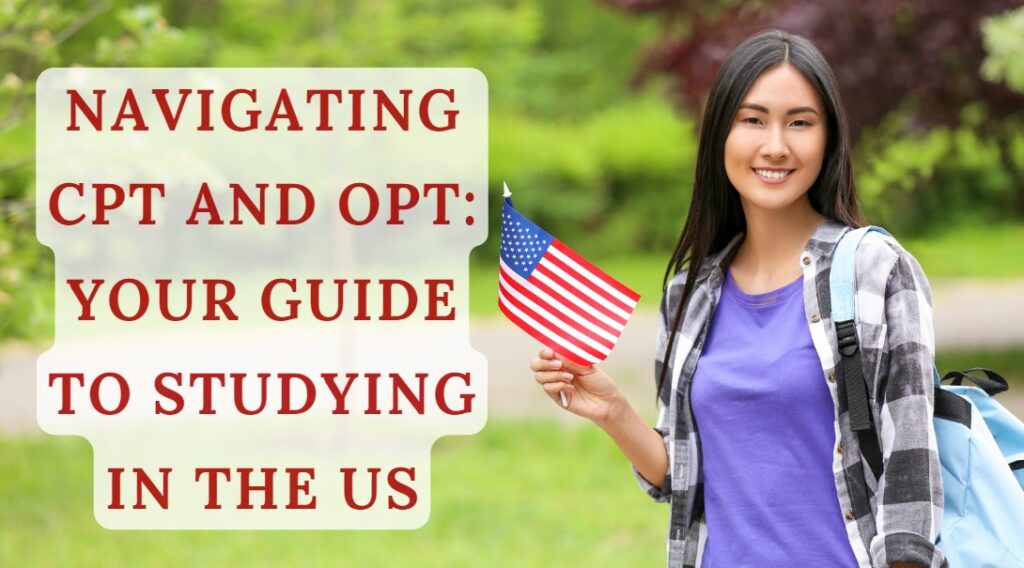
Navigating Practical Training Options for F-1 Visa Students in the US
The United States continues to be a top choice for international students, thanks to its vibrant academic environment and rich cultural diversity. In the first half of 2024, India leads in student population in the US, with F-1 visa issuances on the rise. The US Consulate General in Mumbai forecasts a 10% increase in visa applications from Indian students this year. Many of these students are not just looking for academic excellence but also for practical work experience in their fields of study.
The US offers two primary programs for this purpose: Curricular Practical Training (CPT) and Optional Practical Training (OPT). This blog post explores these programs, highlighting their benefits and key differences to help F-1 international students make informed decisions about gaining work experience in the US.
The Benefits of CPT and OPT
Imagine interning at a tech giant in Silicon Valley or assisting a top research team at a prestigious university. With CPT and OPT, such opportunities are within reach for F-1 visa holders, allowing them to gain practical skills that significantly boost their employability after graduation.
Understanding the Differences: CPT vs. OPT
Curricular Practical Training (CPT)
CPT allows F-1 students to work in internships, cooperative education programs, or practicums that are integral to their curriculum. There are two types of CPT:
- Part-time CPT: Up to 20 hours per week.
- Full-time CPT: More than 20 hours per week.
Required documents typically include a CPT authorization form, job offer letter, current Form I-20, passport, and visa.
Optional Practical Training (OPT)
OPT lets students gain practical experience in their field for up to 12 months, with a 24-month extension available for STEM graduates. OPT can be:
- Pre-completion: Before finishing the academic program.
- Post-completion: After graduation.
Key Differences Between CPT and OPT
- Timing:
- CPT: During the academic program.
- OPT: Before (pre-completion) or after (post-completion) the academic program.
- Authorization:
- CPT: Approved by the International Student Services (ISS) and the academic department.
- OPT: Approved by USCIS.
- Duration:
- CPT: Up to 12 months, part-time or full-time.
- OPT: Up to 12 months, with a 24-month extension for STEM graduates.
- Work Hours:
- CPT: Part-time during school and full-time during breaks.
- OPT: Typically full-time after graduation.
- Application Fee:
- CPT: No fee.
- OPT: Requires an application fee.
Choosing the Right Path: CPT or OPT?
Your choice between CPT and OPT depends on your goals and academic program:
- Early practical experience: Choose CPT if your program includes internships or co-op opportunities.
- Post-graduation job search: Choose OPT for dedicated post-graduation work experience.
Looking forward to getting more information on the migration program Call or WhatsApp us 00974 4493 4528
Connect with us to get updates on our regular Immigration and hiring updates 🤝🏻
💬Official Whatsapp Channel | 💬 Whatsapp Community | 👍 Facebook | 📸 Instagram | 💼 LinkedIn







